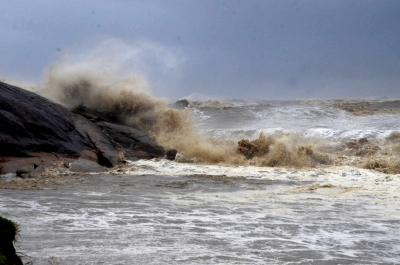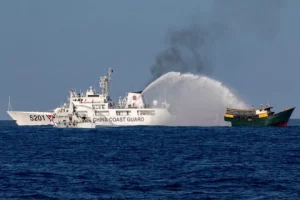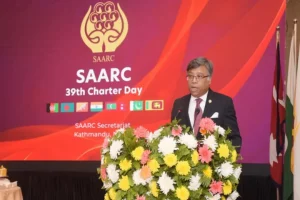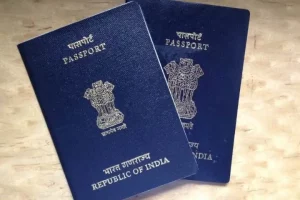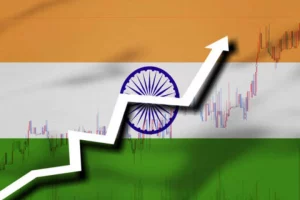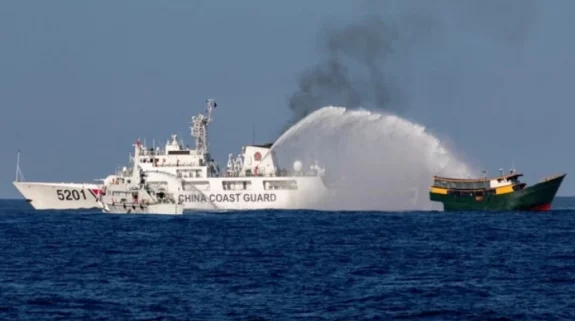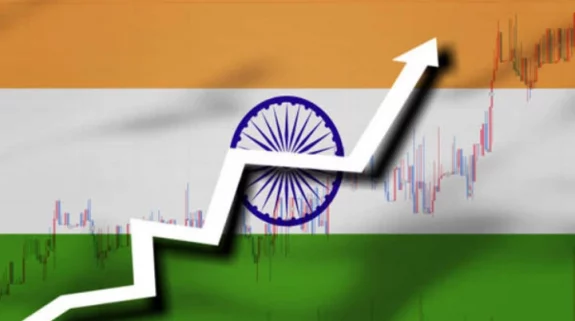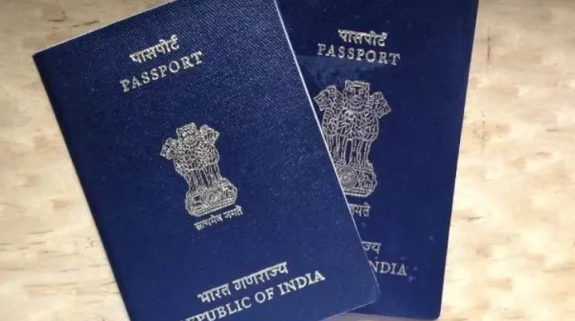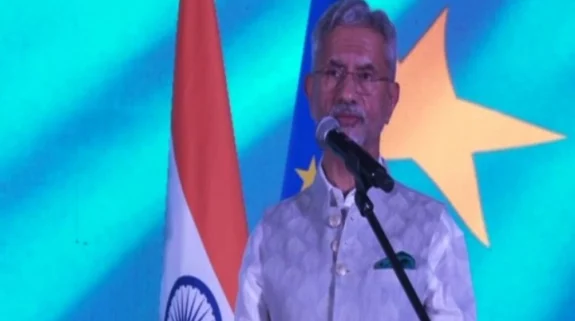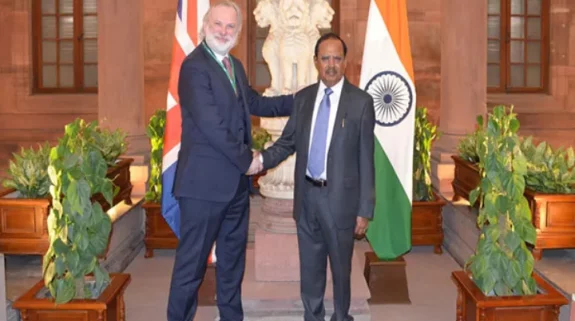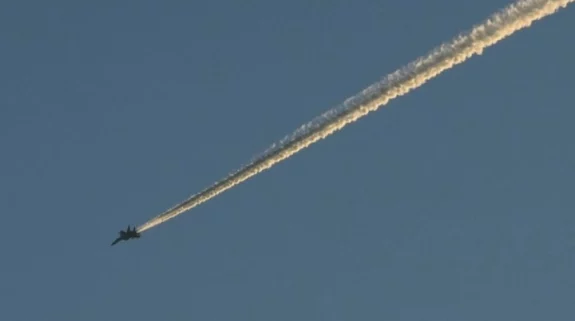Cyclone Tauktae slammed the Gujarat coast at 8.30 pm on Monday, with wind speeds of 155 to 190 km per hour, uprooting structures, electricity poles and trees in its path but slowed after four hours of making its landfall.
The IMD, in its tweet after midnight, announced that Cyclone Tauktae has weakened into a "very severe cyclonic storm" from the "extremely severe cyclonic storm". It later said in a tweet that the cyclone was weakening further.
"The entire eye of the cyclone has now crossed the coast and lies over land. The rear sector of the eye is now entering the land" the IMD tweeted.
At least six people were killed and several injured in Maharashtra as Cyclone Tauktae swept through the state while eight people died in cyclone-affected coastal Karnataka.
Prime Minister Narendra Modi spoke to the Chief Ministers of Maharashtra, Gujarat and Goa and the Lieutenant Governor of Daman & Diu to take stock of the situation in the states.
The NDRF on Monday said it has evacuated thousands of stranded people in the last three days in Gujarat, Kerala and Daman and Diu in view of Cyclone Tauktae.
Meanwhile, flight operations at Mumbai's Chhatrapati Shivaji Maharaj International Airport, which has been stopped due to the cyclone, have been resumed.
The major ports and airports have been shut in Gujarat as the most powerful cyclone in more than two decades roared up the west coast.
The cyclone has left a trail of destruction as it brushed past the coastal states of Kerala, Karnataka, Goa and Maharashtra, the authorities said.
Cyclone Tauktae travelled along India's western coast, narrowly missing the city of Mumbai. At least 12 people were killed and 150,000 evacuated in the coastal states.
Heavy downpours in some areas, including in the financial hub of Mumbai, will continue for the next 12 hours, while sea waves of as high as 4 metres above normal tides are likely to inundate some coastal places, said the weather office.
The Navy had sent three warships to rescue 132 people stranded on barges amid the high velocity winds.
Severest Cyclone since 1998
Tauktae is the strongest cyclone to strike the region since 1998 and both Gujarat and neighbouring Maharashtra have been on high alert.
The cyclone in the region in 1998 – designated 03A – killed at least 4,000 people. But the evacuation of people to safer places, a lesson learned from past experience, has helped save people this time around. The cyclone comes amid a Covid-19 wave that has overwhelmed Indian hospitals. Although Covid cases are declining in both states, the devastating effects of India's second wave are still being felt.
Rains from the storm killed six people in Kerala, Karnataka and Goa over the weekend as the cyclone moved along the western coastline. Another six were reported killed in Maharashtra on Monday. Houses were destroyed and electricity was disrupted across several districts in these states.
The Indian Navy, Air Force, Coast Guard and Army units have been put on standby as surveillance aircraft and helicopters continue to carry out aerial sorties in areas likely to be impacted by cyclone Tauktae.
Another 40 Coast Guard Disaster Relief Teams with inflatable boats, lifejackets are on standby all along the western coast for undertaking disaster response operations. Medical teams & ambulances have also been kept stand by for swift mobilisation.
The states and districts likely to fall on cyclone path have also been told to make adequate power back-up arrangements in all Covid hospitals, labs, vaccine cold chains and other medical facilities.
Centre in touch with states
Home Minister Amit Shah on Sunday afternoon reviewed preparations to tackle cyclone Tauktae at a high-level meeting with the Chief Ministers of Gujarat, Maharashtra and Administrator of Daman & Diu and Dadra Nagar Haveli.
Shah specifically reviewed the preparedness of all health facilities in the areas likely to be impacted by the cyclone and directed officials to ensure adequate stocks of all essential medicines and supplies in hospitals, keeping in view the likely disruption of vehicular movement.






